Attractive Abstractions; Maui, April 2019
Abstractions have attracted and fascinated photographers since photography's inception. Abstractions in art are, by definition, free from "representational qualities." (OED) But that definition doesn't really explain how the term is used in photography, and implies that an abstract image says nothing about what an image depicts - or seems to depict. Rocks photographed by Weston were still recognizable as rocks despite the possibility the shapes might equally represent human torsos or vegetables. An isolated flower fragment still conveys some information about the flower.
There is no common explanation for the images that follow below, but I regard them as abstractions as I use the term. Texture, shape, color, isolation, and shadow variously attracted me when I took them or when I processed the image files. These are sometimes "graphic" in the technical sense: curves, lines, shapes that are interesting (to me) without regard to the thing depicted. I photographed the weathered, fissured stump because it was interesting, not because it is a stump and was once a thriving tree. Its canyons, peaks, and caves made it interesting. On another occasion perhaps a stump picture's messages - either inferred (the one the photographer derives from the object or the image) or implied (the one the photographer intends to convey, however subtly) - will be thematically much different: the stump represents death, age, entropy, and so on, and it silently and invisibly refers back to its past condition as a strapping tree at its peak. But not today.
And raindrops on highly cropped petals don't here represent rain, storms, or the optimistic dawn of a hopeful new day. The drops are graphically interesting shapes that depict, if anything, rain droplets held by surface tension on crepy fields of subtle colors. If these photos are interesting, it is because of their geometry and texture and hues as isolated from an explicit image of an entire bloom, or, for that matter, the entire garden.
But then how to explain the last image, of the little (maybe an inch in diameter) green knobbed bud with a few water droplets? It is a cool shape of a cool color and the little knobs are seemingly perfect, symmetrical. Here the isolation permitted by the lens and tight cropping allows an appreciation of the knobs and brown leaves that fly like pennants. Maybe not as abstract or graphic as the others. But too cool to omit.
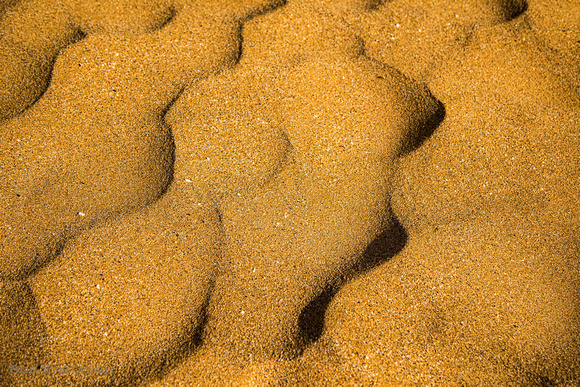 EF4A6863
EF4A6863
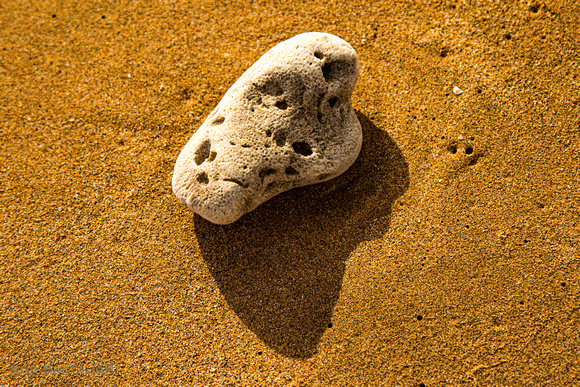 EF4A6946
EF4A6946
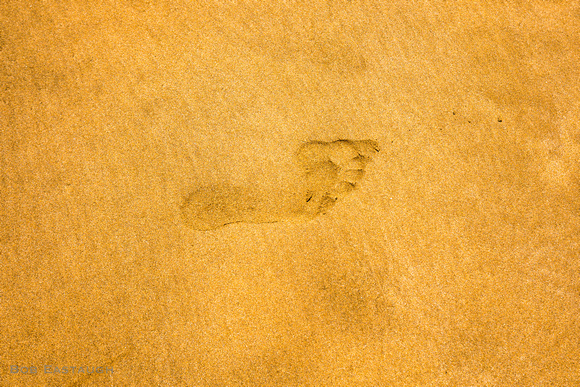 EF4A9414
EF4A9414
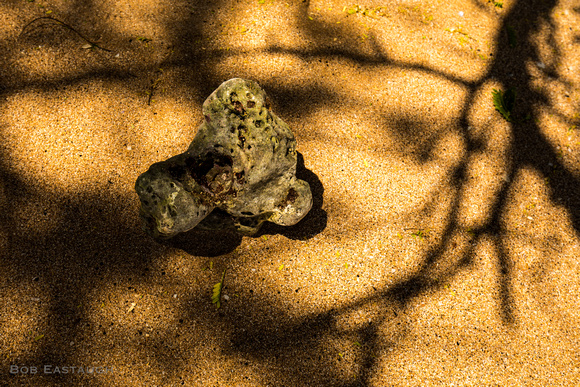 EF4A9446
EF4A9446
Floatie heaven: drifting over palm shadows in light morning airs in an empty and silent pool:
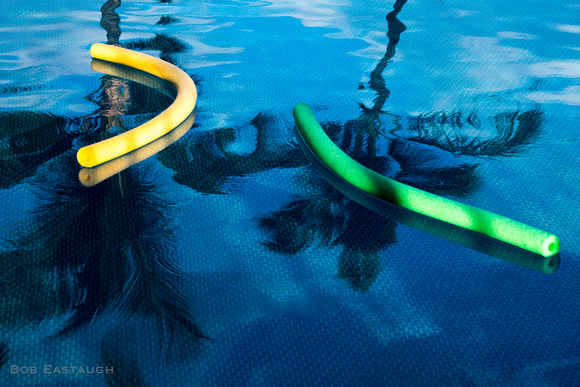 EF4A7992
EF4A7992
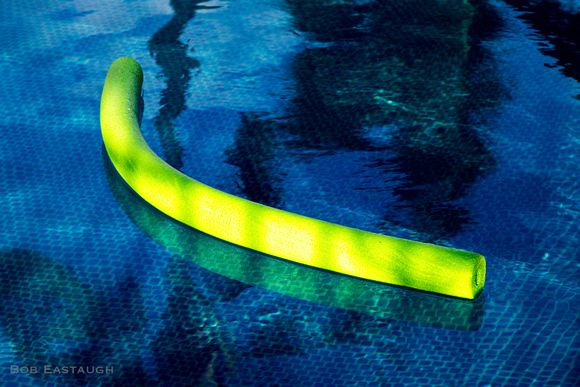 EF4A8044
EF4A8044
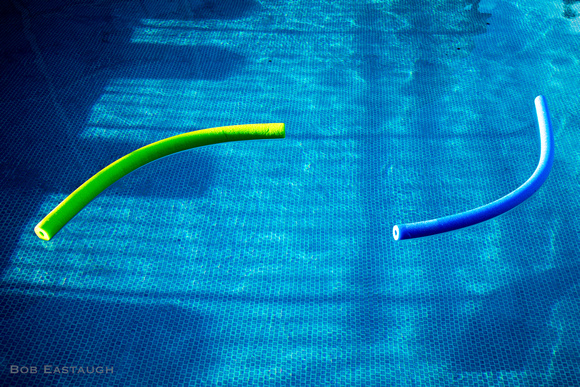 EF4A8051
EF4A8051
Having tasted freedom while drifting, recaptured floaties
appear trying to escape their corral.
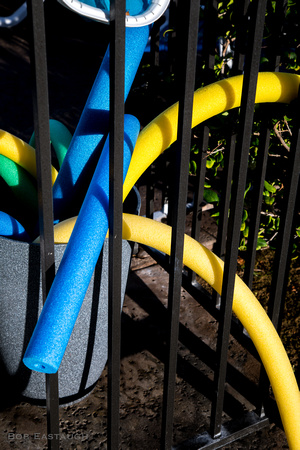 EF4A8030
EF4A8030
Motion and distorted color processing emphasize the ocean's surges against the lava shore.
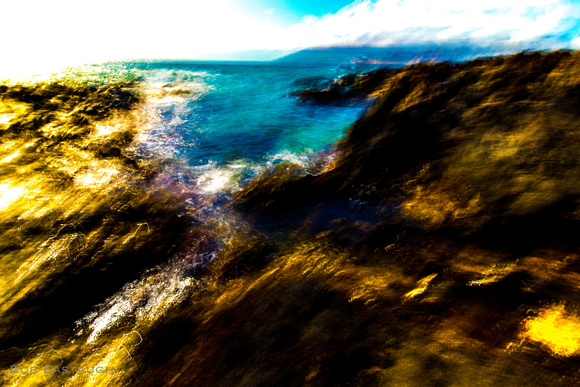 EF4A8665
EF4A8665
Isolation focuses attention.
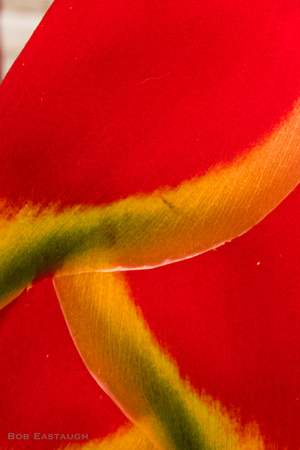 EF4A9919
EF4A9919
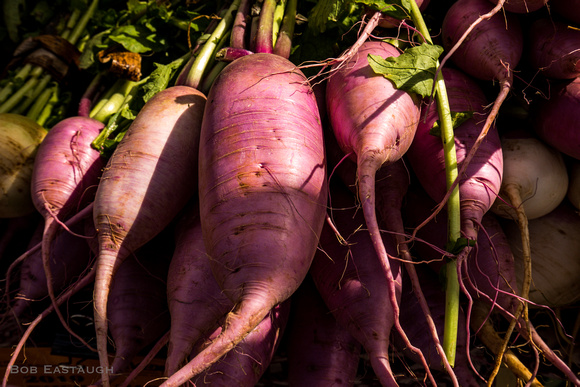 EF4A9914
EF4A9914
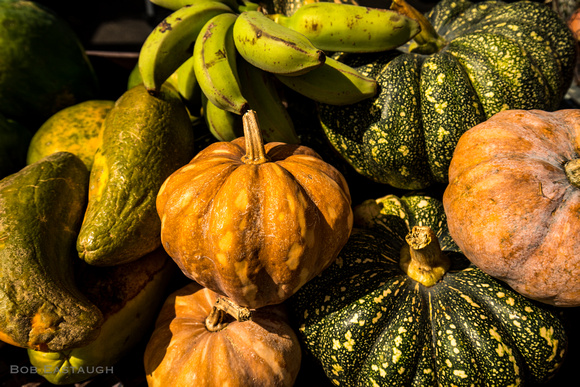 EF4A9908
EF4A9908
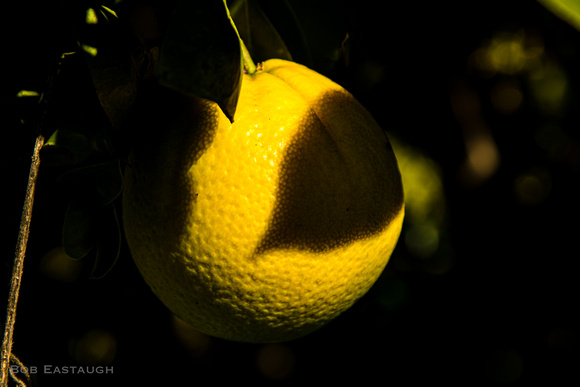 EF4A0022
EF4A0022
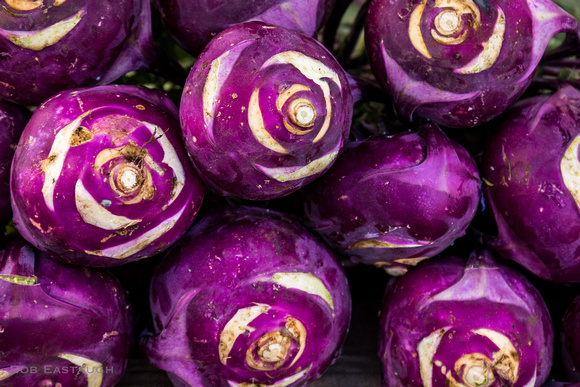 EF4A9874
EF4A9874
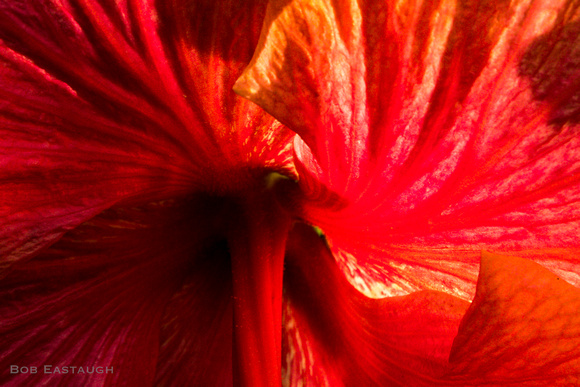 EF4A0155
EF4A0155
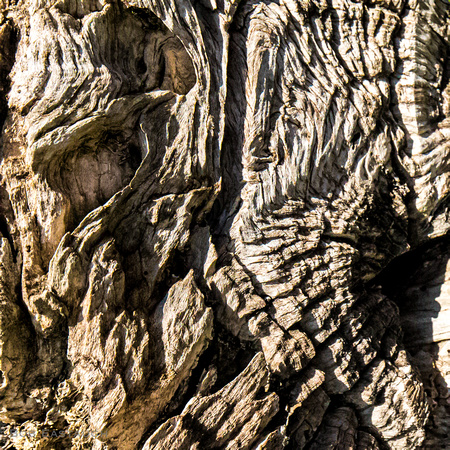 EF4A7153
EF4A7153
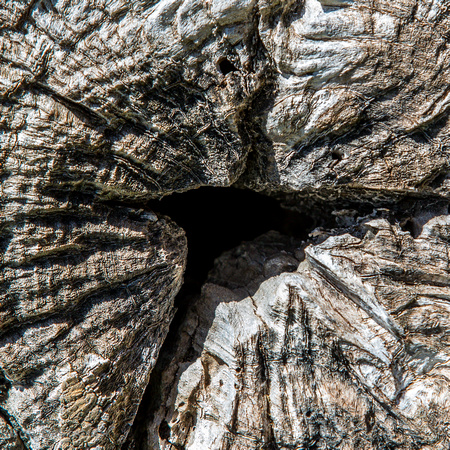 EF4A8228
EF4A8228
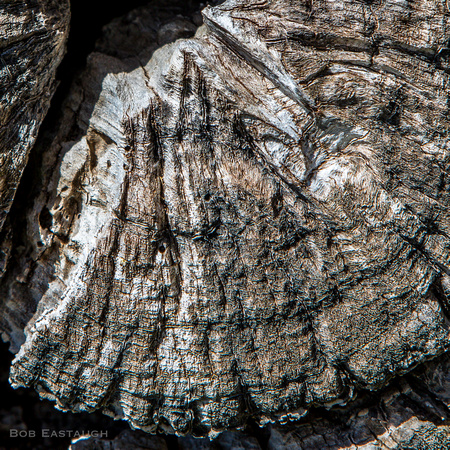 EF4A8229
EF4A8229
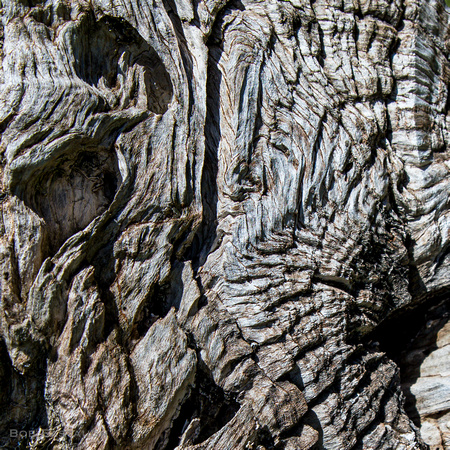 EF4A8233
EF4A8233
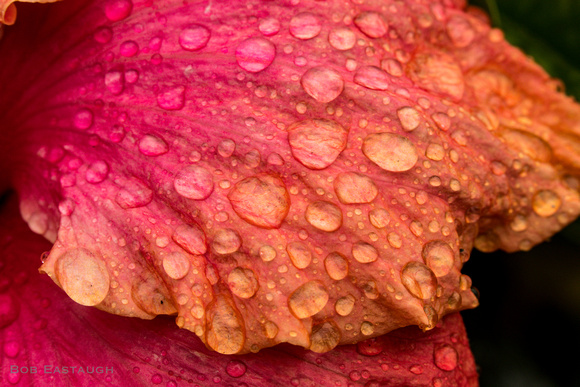 EF4A9290
EF4A9290
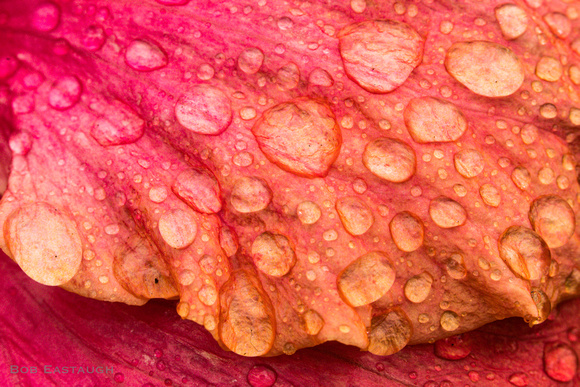 EF4A9295
EF4A9295
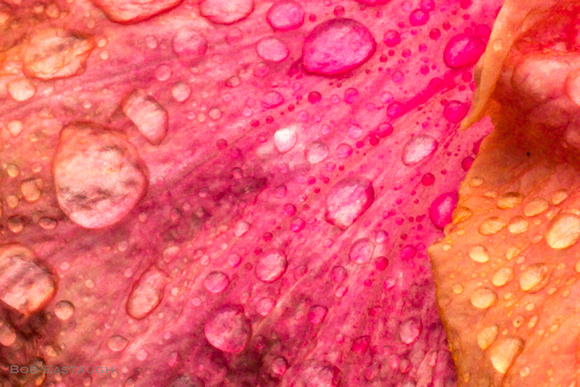 EF4A9235-2
EF4A9235-2
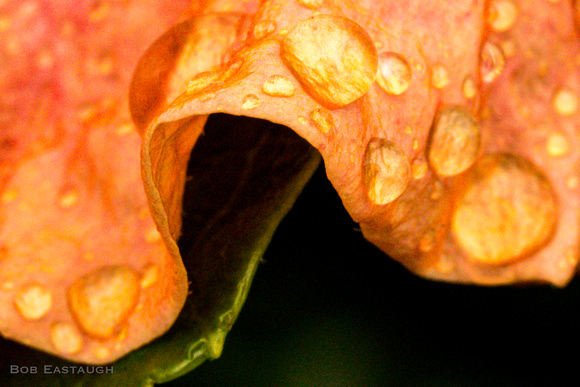 EF4A9289-2
EF4A9289-2
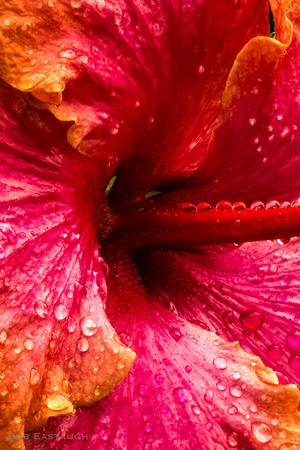 EF4A9251-Edit
EF4A9251-Edit
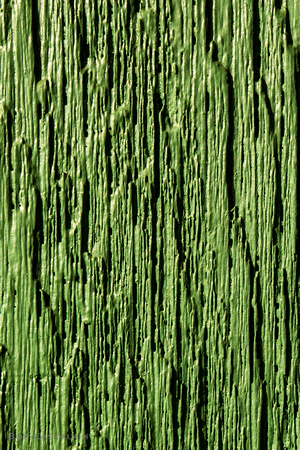 EF4A0133
EF4A0133
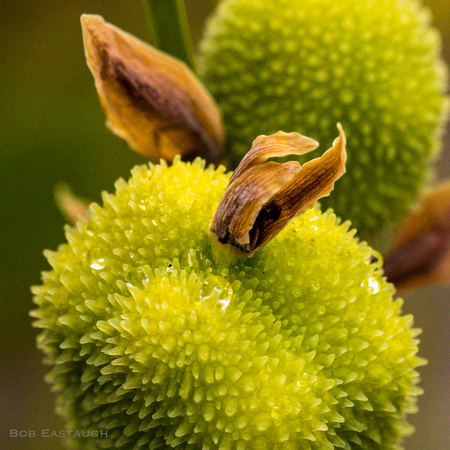 EF4A9306-2
EF4A9306-2
Comments
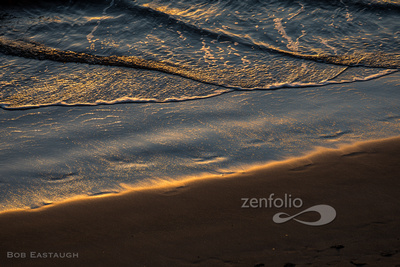

After a lifetime of mainly expressing myself with words, my postings here will mainly rely on images. They will speak for themselves to some extent, but I'll usually add a few comments of explanation. I've taken photographs for decades, since the 1950's, inspired in part by my father's photographic skill. Four years of photo assignments and quality darkroom time eventually gave way to decades of casual and family picture-taking. I re-immersed myself when I left film and turned to digital.